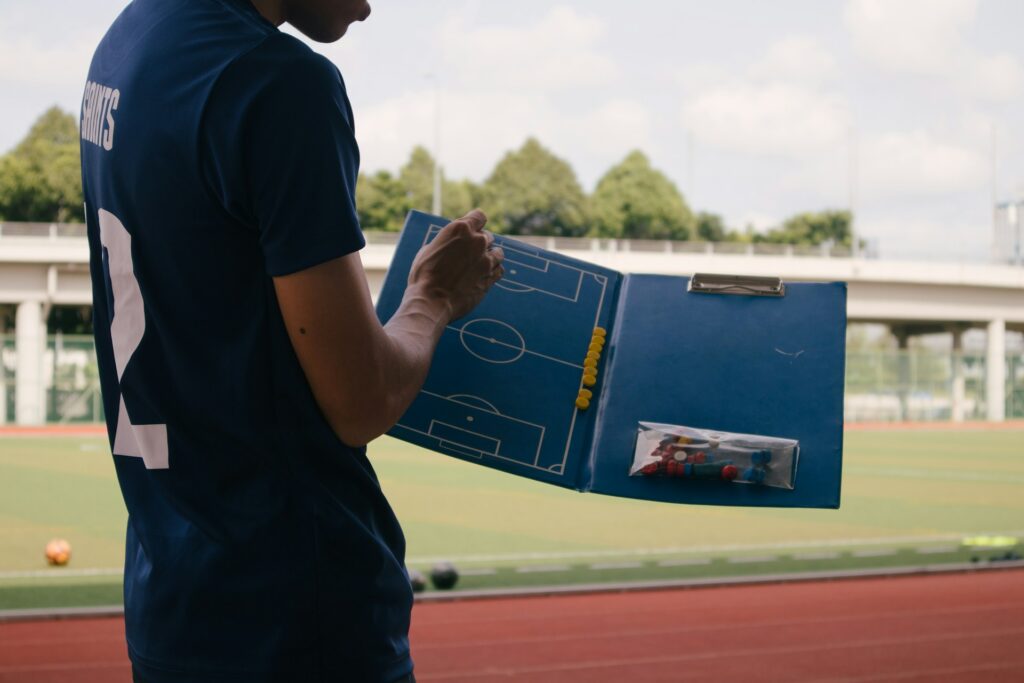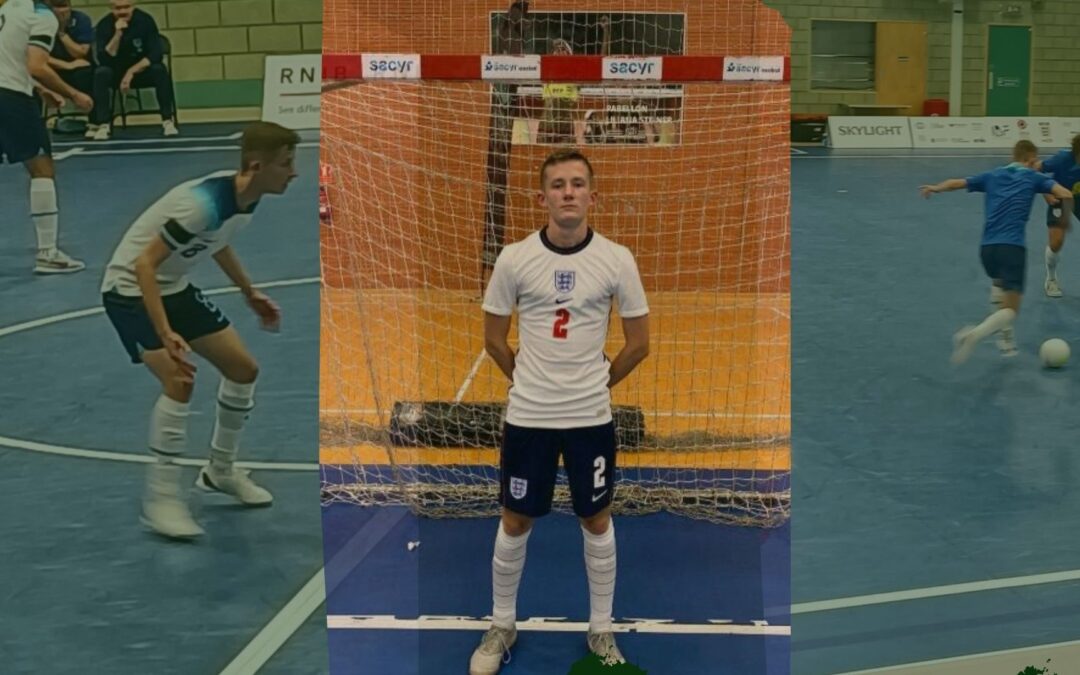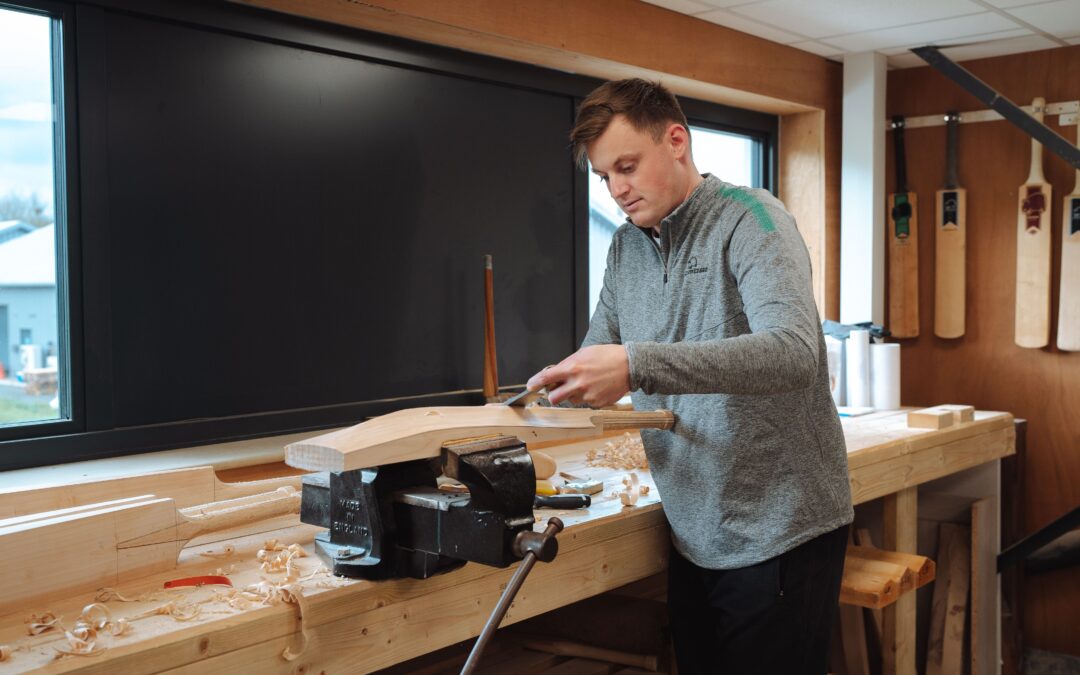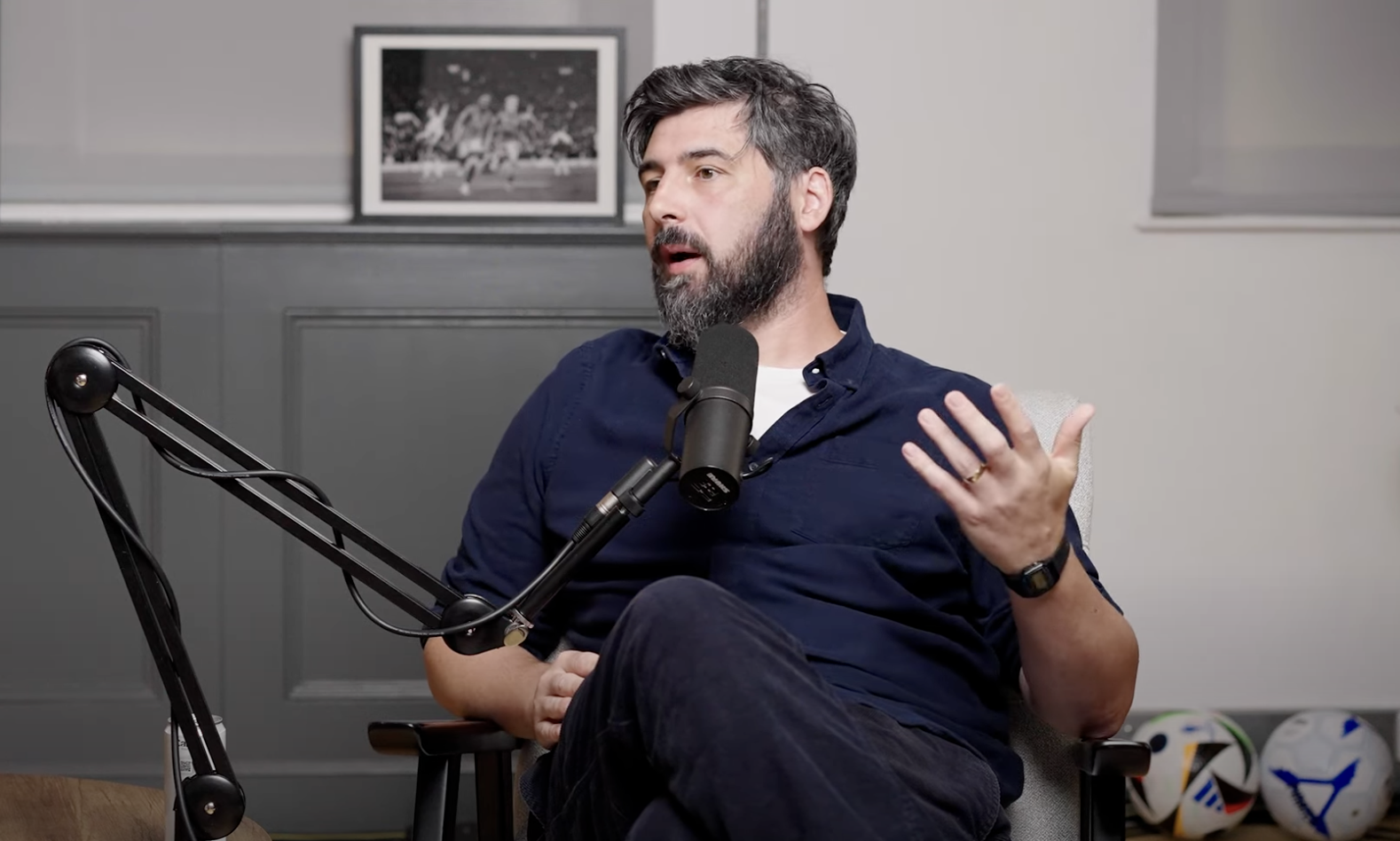Gone are the days of the jack-of-all-trades – it’s the age of the specialist coach as sports teams search for marginal gains in their performance. Two coaches tell Sidelines about their careers.
With the difference in one or two table places potentially costing millions of pounds, it’s no wonder that clubs and teams are looking for any way to push their athletes that possibly lucrative 1% further. A misplaced throw, a mistimed start, or an off-target strike can make all the difference, and there are a host of specialists in the coaching industry who can help teams to perfect their skills.
“I think specialist coaching is finding a niche and being more deliberate with how you approach that topic,” says Sammy Lander. “As with everything, the more deliberate you can become with something, then the more consistent and effective that thing will become.” In Lander’s case, that thing is substitutions in football. Though eleven players start on the pitch, his job is to help teams maximise the potential of the entire squad. Iconic super-sub moments like Ole Gunnar Solskjær’s treble-winning goal are made on the bench, and he is looking to perfect that formula through work with clubs ranging from Saudi Pro League side Al-Nassr to newly-promoted AFC Wimbledon.
“My role is to go in and modernise the role of a substitute for teams all over the world, managers, and players,” Lander explains. “When I go into these clubs, we’re almost changing the whole club’s approach towards being a substitute, such as the physical department, all the way to fans, all the way to the gift shop staff.”

“We prepared him at half time. We ran through the specific movements. And then 27 minutes later, he’s brought on, completes the exact movement that we’ve just trained, scores the goal, and it turns out to be the winning goal.”
Those are the kind of differences that focusing on these marginal gains can make to teams, but specialists can also be crucial to individual development. Pete O’Donnell is a specialist throwing and lineout coach in rugby, and is head of The Lineout Lab. He has worked with rugby clubs in Ireland such as Railway Union and Buccaneers, as well as Irish and Canadian international women’s teams. However, some of the work he highlights is with individuals, picking out Ireland international Sarah Delaney as a “success story” as well as Cliodhna Moloney.
“Even for players I coach that I work with that have good knowledge, I think they can get a lot of benefit from an external person giving a different perspective,” O’Donnell explains. “Ultimately the goal is that players can function and perform under pressure at a high level as if you’re not there and make decisions. You’re trying to guide them to that point where they can perform under pressure and then self-correct under pressure.”
Technical details O’Donnell helps athletes with include the fine details of thumb placement on the ball, hand rotation, and even fingertip pressure. He has studied a range of throwing sports including baseball and American football to refine his knowledge, which he first developed as part of a master’s degree in strength and conditioning.
“The smallest part of the course was skill acquisition and I found a real thirst and love of that,” O’Donnell explains.
Both coaches believe there is a strong market for their specialist services. “I don’t know whether it’s because I’m now almost receptive and looking for them, but I definitely think there is an increase in specialist coaches,” says Lander. He knows of a huge range of specialists, including a ball striking specialist, a halftime coach, a throw-in coach, and set-piece coaches.
“I think backroom teams are just getting bigger and bigger. I was speaking to an NFL side the other day that said they feel the future of football is non-playing budgets almost becoming on par with playing budgets. I think it’d be exciting to see whether it progresses that way or not.”
With that growth, it’s a career avenue he believes more should consider: “The specialist is such a good way to market yourself, brand yourself and build yourself a niche that can allow you to open some different doors that maybe some others aren’t.
“I think at the moment, there’s a real emphasis on trying to find the marginal gains and the one percents that can help you change a nil-nil into a one-nil.”
As for proving their worth, Lander points out: “I went into a pitch yesterday for a team where the difference between finishing 15th and finishing 13th, which two years ago was just one goal, was a four million pound prize difference.
“If you pay me a very modest wage as a specialist coach to come in and deliver one more goal and it returns you four million pounds, then to a lot of people, business-wise, that’s a really smart decision.”
Their services might be valuable, but that doesn’t mean a career in coaching is easy; both shed light on the challenges that come with the job. O’Donnell points out that not all clubs have the financial resources to hire specialists, and coaching is not always a stable career. Lander says he has counted 316 rejections since he started counting in 2020. However, both of them advise persistence.
“You have to prepare to put the time in,” O’Donnell says. “I think a lot of coaches these days are maybe a bit impatient and don’t maybe recognise that aspect, that you have to put the time in and you have to enjoy the journey because it’s not going to happen fast.”
“I think there’s a lot of value in normalising, putting yourself out there, normalising rejection, normalising that not everyone’s going to be your fan,” Lander adds. “When I look at all the good things that have happened, I’ll take another 316 rejections if it means I get to live the next five years again!”
Sidelines Recommends

From the scrum to the sidelines: Tom Woolstencroft exclusive
Sidelines spoke exclusively to ex-Saracens front-rower Tom Woolstencroft about the challenges of switching from player to coach.

Hidden in plain sight: Physical performance in the England partially sighted futsal team
Jake Heasman, a member of England’s partially sighted futsal team, explains how physical performance works in their setup.

From root to pitch – how are cricket bats made?
Making a cricket bat is no easy task. This is how Wombat Cricket crafts the perfect bats… Harry Solomon, photo courtesy of Harry SolomonWe often buy cricket bats without a second thought, but at Wombat Cricket, there’s a whole lot more consideration to it. From…




